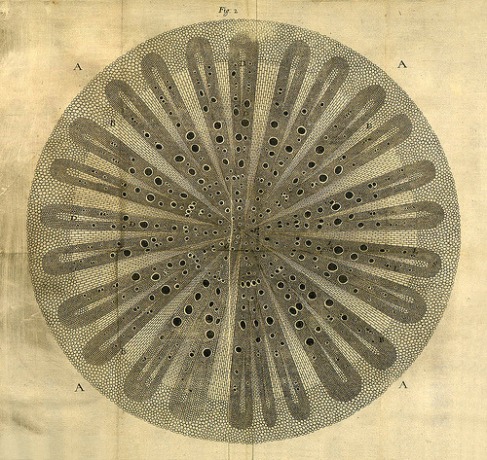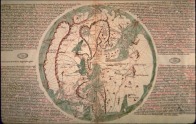Author: Dr. Tony Phillips
July 24, 2014: The Universe is a big place, full of unknowns. Astronomers using NASA’s Chandra X-ray Observatory have just catalogued a new one.
Together with a team of more than a half-dozen colleagues, Esra Bulbul, of the Harvard Center for Astrophysics, has been using Chandra to explore the Perseus Cluster, a swarm of galaxies approximately 250 million light years from Earth. Imagine a cloud of gas in which each atom is a whole galaxy—that’s a bit what the Perseus cluster is like. It is one of the most massive known objects in the Universe.
The cluster itself is immersed in an enormous ‘atmosphere’ of superheated plasma—and it is there that the mystery resides
“A line appeared at 3.56 keV (kilo-electron volts) which does not correspond to any known atomic transition. It was a great surprise.”
The spectral line appears not to come from any known type of matter, which shifts suspicion to the unknown: dark matter.
The menagerie of dark matter candidates that might produce this kind of line include axions, sterile neutrinos, and “moduli dark matter” that may result from the curling up of extra dimensions in string theory.
“I couldn’t believe my eyes,” says “What we found, at first glance, could not be explained by known physics.”
Solving the mystery could require a whole new observatory. In 2015, the Japanese space agency is planning to launch an advanced X-ray telescope called “Astro-H.” It has a new type of X-ray detector, developed collaboratively by NASA and University of Wisconsin scientists, which will be able to measure the mystery line with more precision than currently possible.
“Maybe then,” says Bulbul, “we’ll get to the bottom of this.”
science.nasa.gov/science-news/science-at-nasa/2014/24jul_perseuscluster/
Perseus galaxy cluster’s Cosmic B Flat
In 2003 a team of astronomers led by Dr. Andrew Fabian at Cambridge University discovered one of the deepest notes ever detected, a B♭.
No human will actually hear the note, because its time period between oscillations is 9.6 million years, which is 57 octaves below the keys in the middle of a piano.
see also:
















































